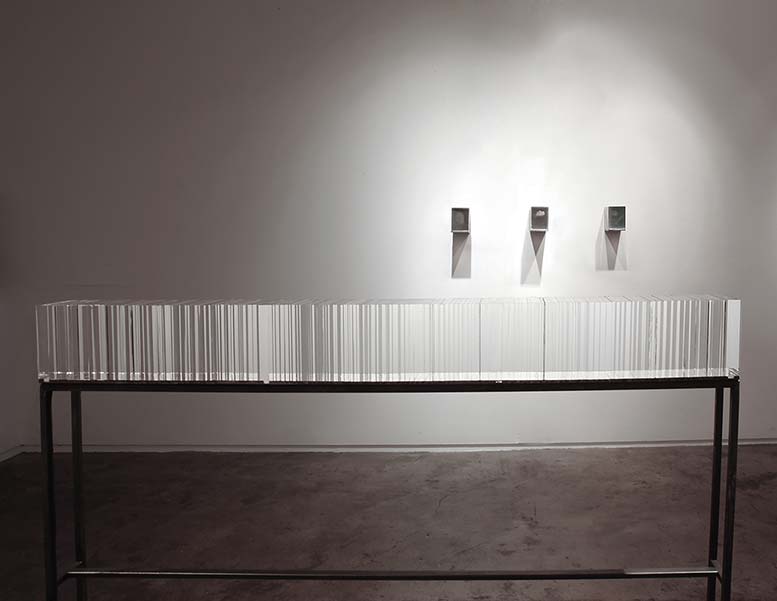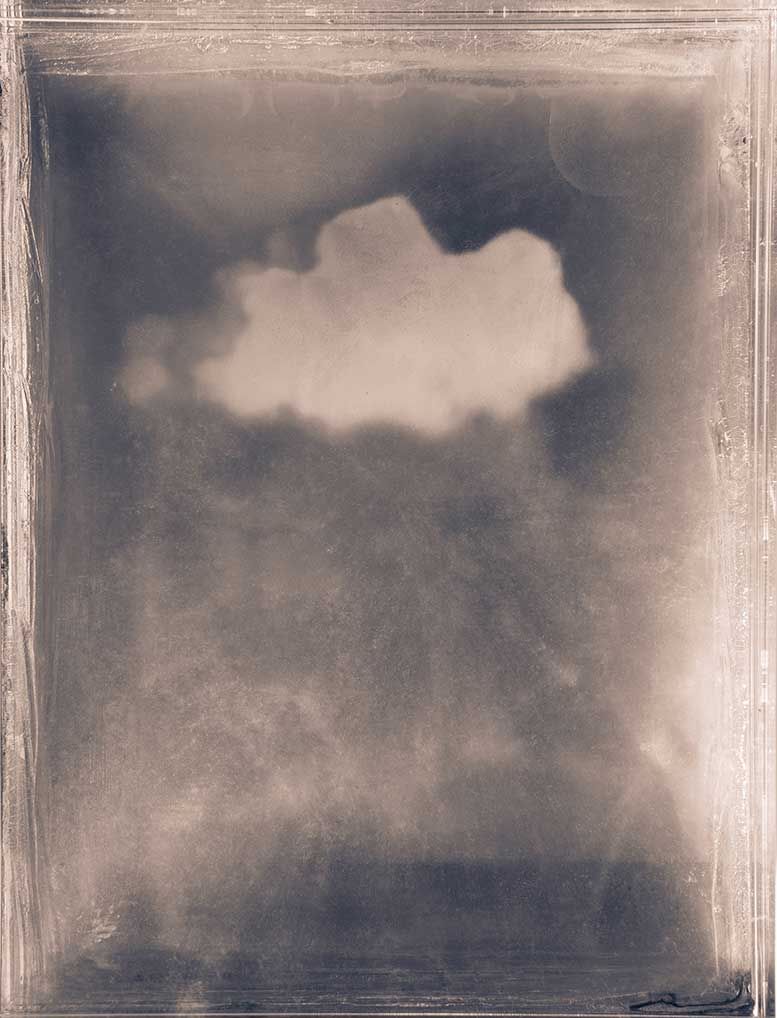South Korean contemporary artist Jinyoung Lee, talks about finding art through music, in an interview with the Asian Curator.
“I think that the role of contemporary art and artist is like an oasis in the desert, especially in a difficult situation around the world these days.”
South Korean contemporary artist Jinyoung Lee.

Artist at work, in studio. South Korean contemporary artist Jinyoung Lee.
Artist interview: South Korean contemporary artist Jinyoung Lee.
Please tell us a little about yourself.
I was born and raised in Seoul. I started playing the piano when I was six years old, and I remember playing impromptu in my room all day long, rather than practicing music after reading music. When I was in middle school, I took pictures of my face with my father’s video camera and experimented around. But now that I think about it, these childhood memories led me to the world of art.
Naturally, I went to the composition department of University for the art and participated in music work such as experimental videos and movies while doing modern music and electronic music.
What brought you to the world of art and how did you start?
As I became interested in photography. In 1998, I decided to study abroad in Germany and entered the Academy of Media Arts Cologne (KHM) by preparing a portfolio. I mainly focused on photography while majoring in media art. I was still curious about analog prints and colours, so I spent my time doing many experiments and research at the Academy. After graduation, I worked as a freelance photographer for a fashion company in Cologne for three years.
Since 2010, I have participated in artist-in-residence programs and returned to Korea and have been working on photography and installation based on Seoul.

Unhwamong, Gallery Aso, Daegu, Korea, 2019. South Korean contemporary artist Jinyoung Lee.
What is the primary role of an artist? How do you describe yourself in the context of challenging people’s perspectives via your work?
The artist asks questions about imperfections through his work. At the same time, it is comforting to people in itself. On the surface, it doesn’t seem to have much ripple effect; but the influence of art is greater than you think and dominates life. Of course not for everyone; but if you open your heart and approach it, it’s more than anything. I think it can be the driving force of life.
I think that the role of contemporary art and artist is like an oasis in the desert, especially in a difficult situation around the world these days.

Scenery in between, Bukchon Tradtional Museum, Seoul, 2017. South Korean contemporary artist Jinyoung Lee.
How do you deal with the conceptual difficulty and uncertainty of creating work?
When I work, I set a concept in advance and do not start work. Initially, the works were a method of first setting the work concept and subject of the work and then weaving the plan, but when I came to Korea in 2010, I started the process of work with the old photo print method of Ambrotype. Instead of deciding the concept first, I came to find traces of trivial things that I encountered by chance in a slow time. Thin, transparent, layers of wet memories, ultra-thin micro-slit, moderate temperature, turbid air flow, smooth
Han, coldness, etc… I would like to say that the tension in the process of making this light into the light while looking at these signs and things that do not have this name is as important as the concept and theme of the work.
“I think this is why I enjoy the process rather than the beginning of the concept and uncertainty of the new work.”

Installation view. Memory of the Breeze. South Korean contemporary artist Jinyoung Lee.
What would you call your style? Lets talk about the evolution of your practice over the years. Tell us about your commitment to your current medium.
There cannot be something completely new in this world. We just discover something out of luck or out of fate. That ‘something’ is always there but we fail to take notice.
My work begins when I finally notice that something. I employ Ambrotype technique, one of wet collodion processes, to express things that are fading such as disappearing clouds, compromised dreams and withering flowers. I’d like to call it the fullness of the senses, the connotations of time and vitality.
I should let you know a little bit about my creative process so you could better understand my work. It is not raw photography but it is also not imaginative fabrication. It is between the two. The reality captured by the camera interacts with my imagination. What I want to convey to my audience is my experience as a whole. What my eyes see and what my mind sees at the same time.
I also try to reflect my old experiences onto my work. That is why I employ all sorts of techniques when processing and finalising landscapes, people and objects I took picture of. For example, I create an image by first lyre-shooting a negative photo image of glass plate-negative that was originally created from a 4x5inch glass plate, then secondly converting it to a 4x5inch positive film on a transparent printing paper, and finally overlaying it over and over again.
Memory of a Breeze
One of the many ways I achieves this fullness of experience can be seen in my installation titled Memory of a Breeze, in which I adds a three-dimensionality to the images by placing different ambrotypes of the sky between many layers of acrylic plates of different widths. The installation amounts to 1.2 metres in length and the varying widths of the acrylic allow for light to filter in different amounts and intensities. The transparency of the materials expose different forms and compositions of clouds layered on top of one another, capturing the intangible spatiality and infinite depth of the sky. The glass plate negative technically already contains layers, created from the passage of time. In the installation I augments the effect of layering by further adding acrylic plates in which the glass plate negatives are inserted.
In addition, through collaboration with sound artist, the exhibition space was combined with the sound results in the form of white noise, which were collected from nature and modified, so that audiences could share the artist’s specific experiences.

Unhwamong, Inkjet Print on Transparent Paper. 14(h) x 19(w) cm. 3 pieces, Acrylic plates, LED Acrylic Sheet, Iron 13.4(h) x 9.6(w) x 17(d)-cm, 2019. South Korean contemporary artist Jinyoung Lee.
What inspires you? Lets talk about your frameworks, references and process
It depends on your mood, but with nature, plants, music, a space where vintage and modernity coexist, unfamiliar places, wonderful works, etc.
Lets talk about your career, or if you prefer artistic journey. What were your biggest learning and hiccups along the way?
The experience I gained from staying with other artists in Mongolia and Korea for two weeks in the Gobi Desert in Mongolia is very memorable.
Artists of two countries stayed in North Gobi province for 7 days out of 2 weeks Nomadic Arts Residency in Mongolia program and came to understand each other both musically and culturally. Never before have I had such experience of overwhelming tranquility and quietness. The sound of wind that woke me up from my morning sleep, the clouds that were hanging over the slope of mountains in Gobi Desert after I rode a vehicle for several hours in endless steppe with no tree and their shadow, all these provided plenty of inspiration to me and became the source of my works.

Memory of the Breeze, Inkjet Print on Hanji Paper, 169, 7(h) x 128(w)cm, 2017. South Korean contemporary artist Jinyoung Lee.
What is the best piece of advice you’ve received? Any mentor, curator or gallerist who deserves a special mention for furthering your journey?
You’re on your way now, so keep going! The advice always seems to give me strength.
What always gives me strength in the long journey of my artistic activities are my family members who cheer and encourage consistently, fellow artists who work steadily finding their way, and all the artists who give me inspiration and motivation with good work and all the people who love art.

Unhwamong, Gallery Aso, Daegu, Korea, 2019. South Korean contemporary artist Jinyoung Lee.
Tell us about your studio, what kind of place is it? Could you describe your usual work-day?
Since returning to Korea in 2010, I have been living under the sponsorship of a residence for artists or sharing space with other artists, and the space has changed frequently. Although the space is not large, it is a multi-space where the bathroom is converted into a dark room when working in a dark room, and the space is conveniently converted to allow for photography, computer work, and residence.
I don’t usually work on time, but I tend to concentrate on my work regardless of the time, so sometimes I do it on time and it depends on the type of work.

Sky Garden. Inkjet Print on Haji Paper,146(w) x 111(h)cm, 2016. South Korean contemporary artist Jinyoung Lee.
What was your first sale? Do you handle the commercials yourself or is it outsourced to a gallery/agent?
The first time the gallery sold its work was in 2006 when a private exhibition was held at a gallery in Cologne called Kunstrau22. I remember sharing the profits of the work with the curator for the first time.
Advertisements are done in galleries, but personally through SNS or the Internet. Although I am not very active, I started using Instagram or Facebook recently because it seems to have a greater promotional effect and ripple effect than sending postcards or text messages by mail.

Neo-Mōrōism, 2018. South Korean contemporary artist Jinyoung Lee.
What are you working on now? What’s coming next season?
Now I’m preparing for my solo exhibition at Gallery Woong in Seoul, which opens on September 3rd, and I’m working on a new project for this exhibition. And there are some overseas exhibitions that have been postponed or are still undecided this year, which will depend on the situation. I just hope that next season will be normalised in many ways and things will get better.
For enquiries contact: jinyoung0405@gmail.com
Before you go – you might like to browse our Artist Interviews. Interviews of artists and outliers on how to be an artist. Contemporary artists on the source of their creative inspiration.












Add Comment